Four Seasons in Shakespeare’s World…
By Sarah Powell
Cross-posted on The Recipes Project with some slight differences.
One year ago the Early Modern Manuscripts Online project at the Folger Shakespeare Library partnered with Zooniverse to officially launch Shakespeare’s World, in association with the Oxford English Dictionary. What better way to commemorate the 400th anniversary of Shakespeare’s death in 2016, than to invite people into our manuscript collection so that we could learn together about the everyday experiences and scribblings of his contemporaries? For 12 months we have been puzzling through thousands of pages from recipe books and correspondence (in 2017, further images and genres will be added).
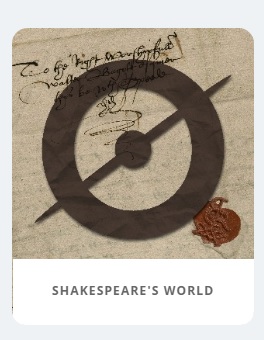
Screen shot taken from Shakespeare’s World main site
On our first day we put out a world-wide welcome all call to join us in transcribing “handwritten documents by Shakespeare’s contemporaries and help us understand his life and times. Along the way you’ll find words that have yet to be recorded in the authoritative Oxford English Dictionary.”
We were thrilled by the response! Transcribers in Australia, Germany, The Netherlands, UK and USA, as well as elsewhere, promptly jumped on board. At one point, within hours of launching, 300 users were simultaneously transcribing. From that day forward the Shakespeare’s World community was formed.
The handwritten words in Shakespeare’s World manuscripts are far more intimate than what you might read on a printed page. Their immediacy – a letter or recipe written in haste, a letter accompanied by a couple of old ling, a cheese or fresh nectarines, a pewter box of mithridatum and angelica roots sent in the time of plague – is compelling. We hope transcribing on Shakespeare’s World transports our volunteers from the modern day and drops them directly into the midst of the early modern world, with all the noise and smells (good or bad) that this entailed. Through the recipes and letters we encounter busy lives communicating, cooking, negotiating, quarrelling, cajoling, healing, burning, itching, vomiting, scolding, bleeding and more.
The website itself follows an inductive learning sequence. It has a brief tutorial with sample alphabets to help users identify early modern letters. Users have the option to skip an image if the writing or subject matter is not to their taste. Shortcut buttons make it easy to expand abbreviations (wch / which; wth / with; yr / your).
Here is a snapshot of what you would have encountered, should you have decided to transcribe a letter at 4.05pm EST, December 8, 2016!
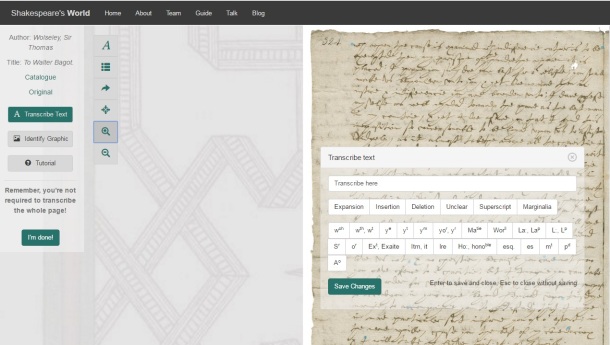
Screen shot taken from Shakespeare’s World, 4.05pm eastern time, December 8th 2016
Here is whistle stop tour of our very full year, season by season!
Winter
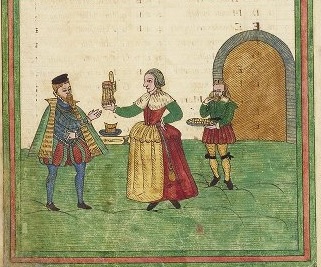
Folger MS V.b.232, folio 14 verso
Shakespeare’s World has a ‘Talk’ platform which hosts interaction between transcribers and the research team, supporting wide-ranging discussions about paleography and specific manuscripts on a daily basis. When users log their transcriptions, they can comment on the image by adding #hashtags. Winter is a time of baking and nesting so it came as no surprise to see that our first #recipes2try were comfort foods such as marmalade, damson plum tart and caraway buns.
Throughout the year Shakespeare’s World transcribers have kept their eyes peeled for potential new early modern words or meanings to add to the OED. They ping these to #PhilipDurkin on Talk using #OED. Winter was probably our busiest time for #OED finds, with a flurry of words highlighted. You can read all about the first forays into word questing on Philip’s February blog post here including the Talk musings over what exactly are “Portugall farts“? (answer: a kind of macaroon).
Spring
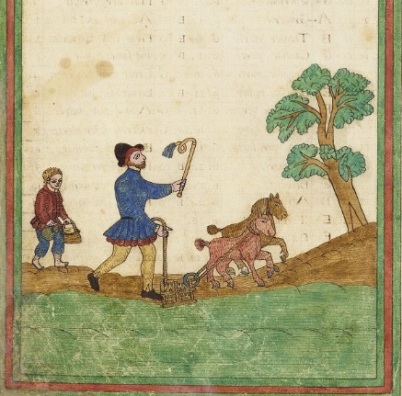
Folger MS V.b.232, folio 6 verso
Spring saw a turn to matters of husbandry with animal care figuring largely. Transcribers discussed and observed many tips on keeping one’s horses, sheep, hens and hogs healthy. How to color paper and how to lure an earwig out of your ear with a slice of warm apple, were other charming finds.
Summer
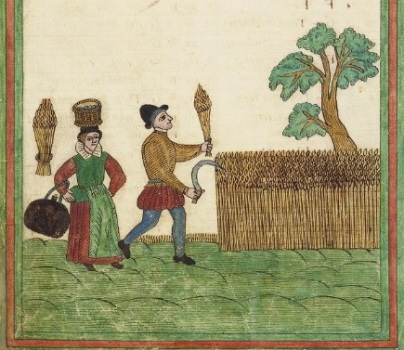
Folger MS V.b.232, folio 10 verso
As well as #OED, another popular tag among our transcribers is #paper. Shakespeare’s World transcribers have been tagging paper and its use as a tool (such as to apply a salve to a wound, or in baking) after learning that Elaine Leong was researching the use of paper in medical and culinary recipes.
One of the liveliest discussions on Talk took place in summer, over a recipe in Margaret Baker’s receipt book for convulsion fits in children, which required a mountain elf’s foot. To read more on paper and the mystery ingredient ‘elf’s foot’, or anything else, please check out our Shakespeare’s World blogs by some great guest authors!
Also catching volunteers’ eyes were birch twigs used as whisks, pomegranate pill (the rind) used to make ink, and powders for childbirth. Timely for summer was a sunburn remedy from the diaries of John Ward, vicar of Stratford-upon-Avon from 1662 to 1681. He recommends a concoction of honey, nettle seed and daffodil roots.
Fall/Autumn
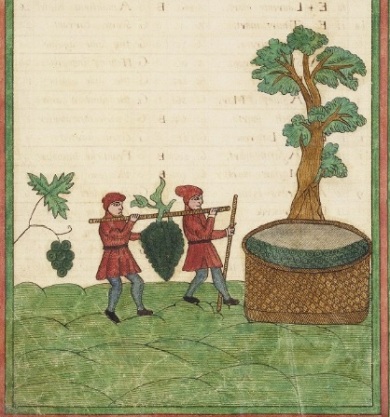
Folger MS V.b.232, folio 11 verso
Moving into September, we were delighted that our number of registered users continued to grow. As the days grew shorter and the leaves changed color, the Shakespeare’s World community rounded up our favorite booze recipes, and the Folger received some excellent volunteer amendments to our catalogue records.
So far over 2,500 people have registered to take part in Shakespeare’s World (we have many more unregistered contributors as well). Together, we have transcribed 91,000 lines on over 3,000 pages. Shakespeare’s World’s #OED work also continues apace. The findings of our volunteers are particularly valuable because although OED lexicographers have considerable access to early modern printed material, they don’t have the same access to manuscript sources. We look forward to these word findings being incorporated into the OED in due course.
Please join us at shakespearesworld.org, if you haven’t already done so! Not only will you love the conversations on Talk, but you will also be helping to transform thousands of digital images of early modern manuscripts into a readable and searchable corpus on EMMO.folger.edu (coming soon in beta). We can tell you from experience that transcribing on Shakespeare’s World is strangely and satisfyingly addictive, like peeking into someone’s mail and Moleskins from four centuries ago. Surprises and discoveries are to be found on every page!
A huge thank you to all of our resident ‘experts’ & to you our community of valued volunteers, citizen humanists, transcribers, volunpeers…whichever term you prefer. Some familiar names on Talk are the brilliant moderators @mutabilitie & @jules – & of course our fantastic volunpeers @parsan, @Greensleeves, @IntelVoid, @Christoferos, @kodemonkey, @Cuboctahedron, @cdorsett, @Tudorcook, @Traceydix, @kerebeth, @Dizzy78, @mmmvv1, @fromere @ebaldwin @Blaudud -but this list is nowhere near comprehensive.
Whether you chime in on Talk, or transcribe anonymously, we couldn’t do it without you. All of us at the Shakespeare’s World team look forward to greeting you back here next year!

Folger MS F.c.21, fol 1r
Follow us on twitter @ShaxWorld

Recent Comments